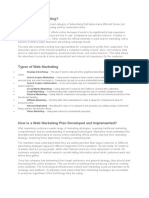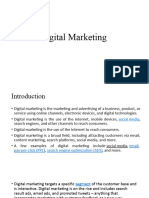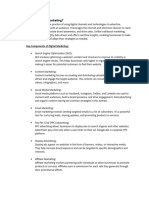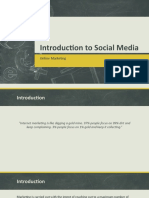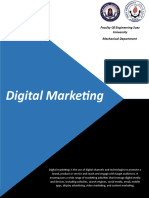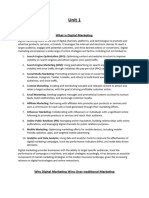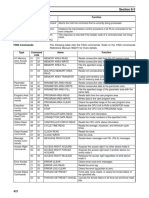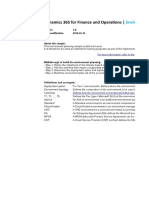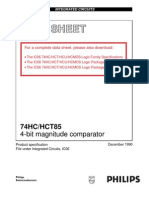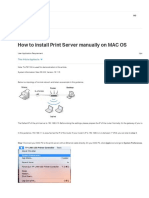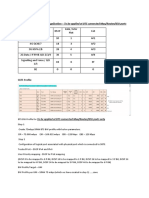0% found this document useful (0 votes)
22 views9 pagesUnit 5 Part 02
Traditional marketing involves conventional methods like print ads, TV commercials, and billboards to promote products, relying on offline channels and one-way communication. In contrast, digital marketing utilizes online platforms for targeted, cost-effective campaigns with real-time analytics and interactive engagement. Both marketing strategies have their pros and cons, and businesses often use a combination of both to achieve their goals.
Uploaded by
tanishamahavar32Copyright
© © All Rights Reserved
We take content rights seriously. If you suspect this is your content, claim it here.
Available Formats
Download as PDF, TXT or read online on Scribd
0% found this document useful (0 votes)
22 views9 pagesUnit 5 Part 02
Traditional marketing involves conventional methods like print ads, TV commercials, and billboards to promote products, relying on offline channels and one-way communication. In contrast, digital marketing utilizes online platforms for targeted, cost-effective campaigns with real-time analytics and interactive engagement. Both marketing strategies have their pros and cons, and businesses often use a combination of both to achieve their goals.
Uploaded by
tanishamahavar32Copyright
© © All Rights Reserved
We take content rights seriously. If you suspect this is your content, claim it here.
Available Formats
Download as PDF, TXT or read online on Scribd
/ 9









